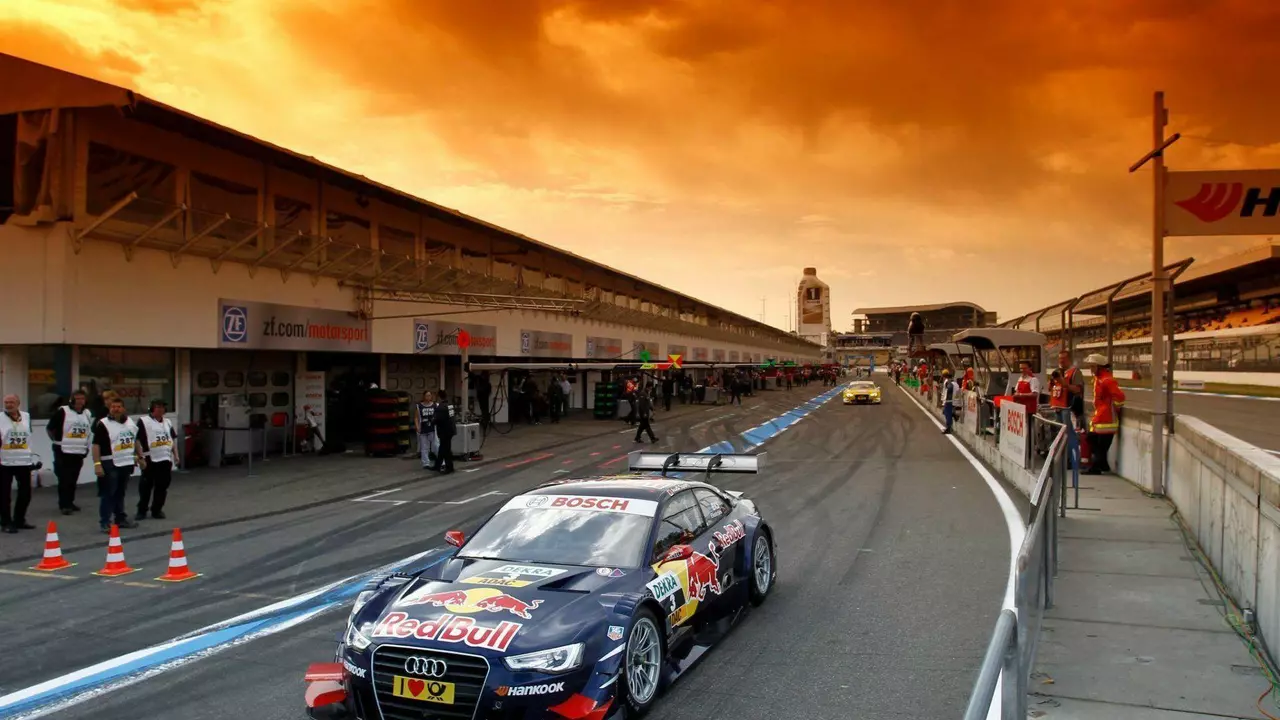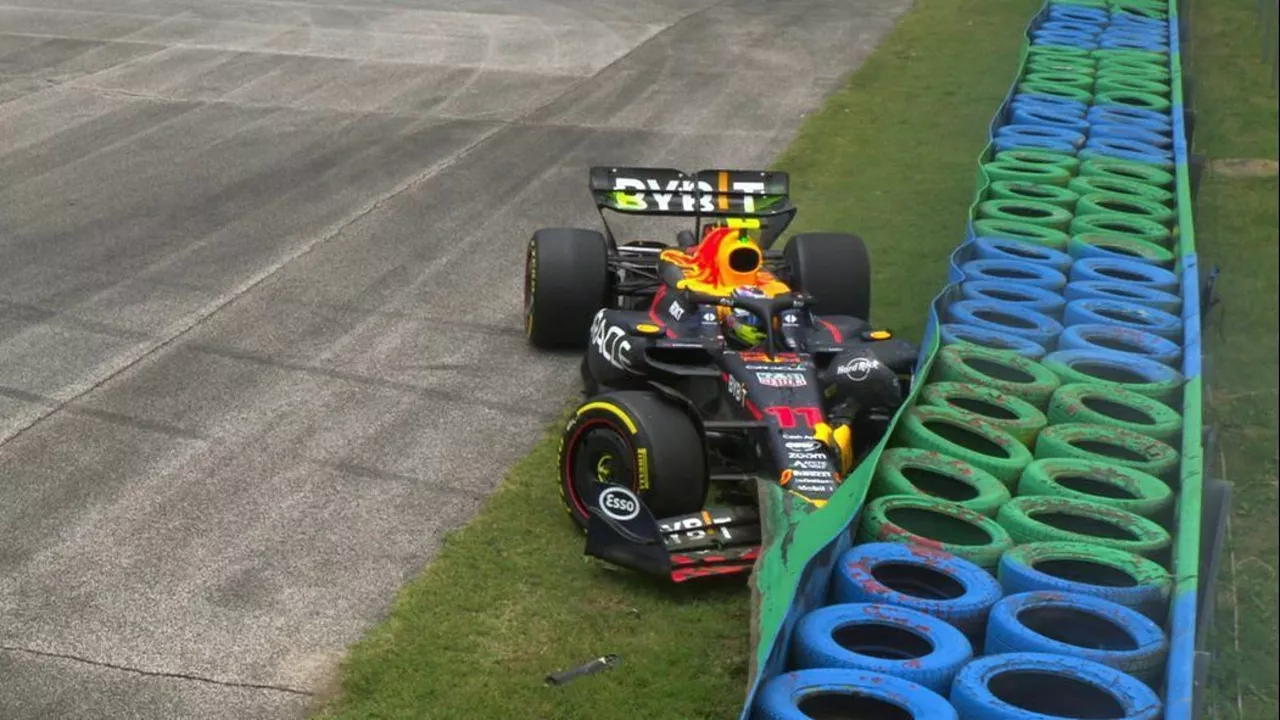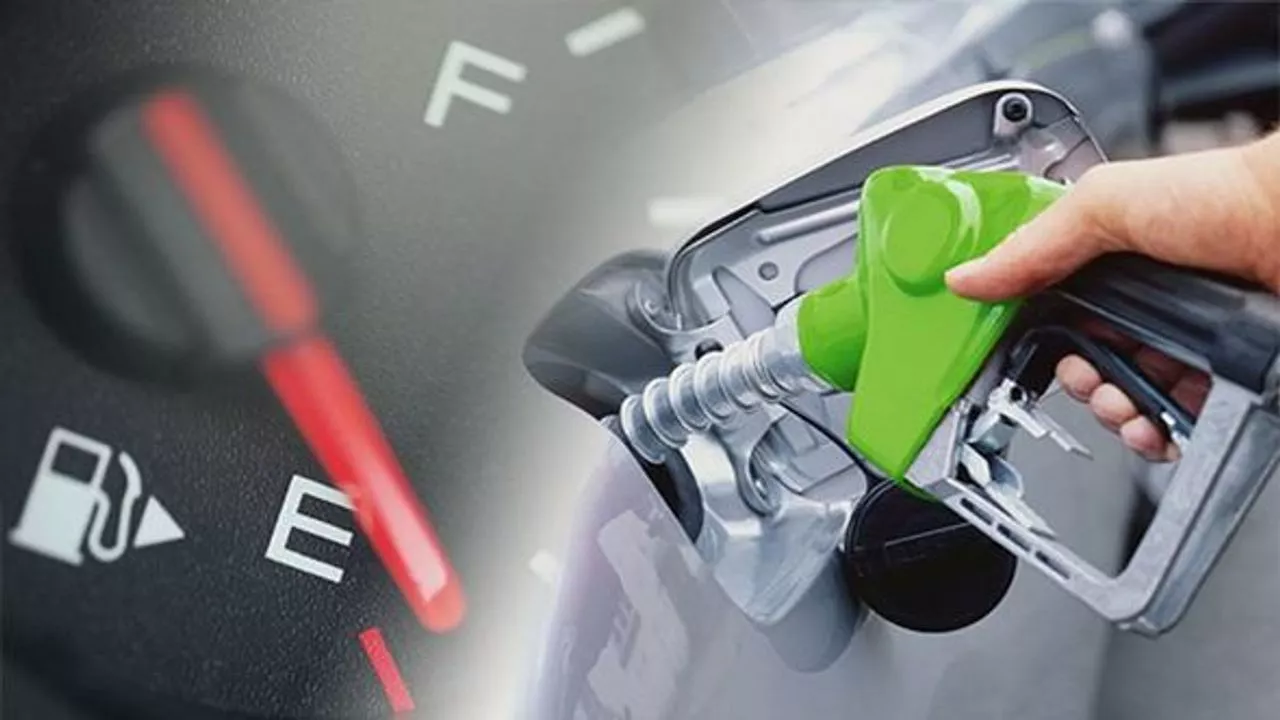July 2023 Motorsports Archive – Racing Career Tips, Free Driver Guide, F1 US Insight & Fuel Facts
July was a busy month at Geneva Motorsports Hub. We broke down how you can chase a racing dream without a fat wallet, gave a step‑by‑step for becoming a driver for free, explored why Formula One isn’t huge in America, and tested the idea of using racing fuel in a daily driver. Below is the practical take‑away from each post.
Kick‑Start Your Racing Journey on a Budget
If you love speed but your bank account says otherwise, start small. Hit local go‑kart tracks or club races where entry fees are low and the competition is friendly. Volunteers often get free track time, plus they meet mechanics, coaches, and team owners who can point you toward cheap seats on the grid. Use every chance to showcase your skill – a fast lap in a rusty kart can catch an eye just as well as a polished race car.
Don’t forget the power of networking. Talk to event organizers, ask to help with setup, and you’ll learn the ins and outs while building a reputation. Sponsors love a story of hustle; when they see you grinding, they’re more likely to throw a few bucks your way. Keep a log of every lap, every lesson, and share it on social media to prove you’re serious.
Quick Answers to Hot Motorsports Questions
Want to become a racing driver without spending a dime? The trick is to swap money for time and connections. Look for free track days – many clubs open the circuit for community events. Sit in on driver workshops that are offered at no cost, especially those backed by local sponsors. While you’re there, ask seasoned racers for advice; most are eager to mentor a hungry newcomer.
On the sponsorship front, create a simple, honest pitch about your goals and what you can bring to a brand – think social reach, local media, or personal stories. Even small businesses enjoy the PR boost of backing a local talent.
Why doesn’t Formula One dominate US viewership? The sport’s schedule often lands in the middle of the night for American fans, and the racing format feels foreign compared to the door‑to‑door action of NASCAR. Add the lack of homegrown drivers and the perception that F1 is an elite, pricey pastime, and you have a perfect storm of low engagement. The recent push for more US races and the rise of American drivers is starting to shift the narrative, but the cultural gap remains.
As for using racing fuel in a regular car every day, the short answer is no. Racing fuel burns hotter and faster, which can over‑stress a normal engine, raise maintenance costs, and even void warranties. It’s also pricier and harder to find at typical gas stations. Stick to the manufacturer’s recommended octane – you’ll save money, keep emissions low, and avoid needless engine wear.
In short, passion can outweigh cash when you’re clever about where you invest time. Volunteer, network, and chase free track opportunities to get your foot on the pedal. If you’re wondering about F1’s US fan base, remember it’s a mix of timing, culture, and driver representation. And when it comes to fuel, treat racing fuel like a specialty snack – great for the event, not for everyday meals.
Got more questions? Drop them in the comments or join our community forums. We love hearing what you’re tackling on the road to the podium.



